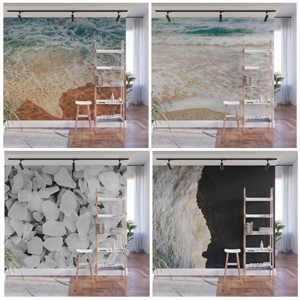A true dinghy sailor is a multi tasking professional. Although sailing can be strenuous, it is not overly demanding physically. As a restful pastime very little can beat sailing, although racing a sailing dinghy can be very tense and often stressful.
Racing a sailing dinghy demands high levels of concentration, and many actions performed by a dinghy racer are second nature, done without thinking, yet ever mindful of what is being done.
A seasoned dinghy sailor’s dinghy will be loaded with what appears to be chaos, but every item will have a purpose, and will be positioned for easy use under appropriate conditions.
A few items that make sailing easier and consequently more enjoyable:
Let’s start with footwear. Although possible, it is not advisable to sail barefoot. Banging a cold wet foot against a deck block won’t be noticed until your foot starts throbbing, or worse, until you notice your foot is bleeding. Protect your feet, and wear either tennis shoes or neoprene bootees. If you decide to use tennis shoes, they do need to have laces, as wet tennis shoes do fall off for little or no reason. Tuck the protruding laces away into the inside of your shoe so they don’t hook or snag on anything.
Toe straps have a way of not being there when you need them. Use lengths of shock-cord from one side of the dinghy cockpit to the other, passing it under the toe straps. This will keep the toe straps firmly open, and dead simple to find and use. If your dinghy has a flat deck, use lengths of two-inch polypropylene tubing pop riveted to the toe straps, to keep them off the deck. Position them at the ends of the toe straps or the polypropylene tubing will be a nuisance.
Forgetting to lift your dagger board when bearing off to a reach or a run is common. Although a lift line won’t do it for you, it will make your life easier. If your class rules permit it, pass a line from one side of your dinghy to the other, passing through a hole in the dagger board. It will take some experimenting to find the exact position of the hole, and you will need to insert a bush of sorts to protect the line. Also necessary will be a channel for the line to run in, routed into the dagger board. Utilizing a lift line means you will be able to lift the dagger board from anywhere on the boat, taking away the need to move inboard, or the need to remember to do it when crossing the centerline of the dinghy. Always lift your dagger board before gybing.
Use a lightweight burgee to tell where the wind is. Remember that a burgee indicates relative wind direction, not true wind direction.
Tufts of wool taped to the sail at one third and two thirds of the height and at a third and two thirds of the width of the sail at that height will tell you immediately how your sail is drawing. Tie tufts of wool to the outside ends of your battens to monitor what the airflow over your sail is like. These tufts are invaluable when tuning for racing.
A simple bridle traveler for dinghies without a traveler is easy to fit. Look at the Laser Class dinghy traveler. It is simple, unobtrusive, infinitely adjustable, light in weight, inexpensive, very effective, easy to use, and easy to install.
Conclusion: To make your dinghy sailing easier, look at other dinghies, and see what is installed
© copyright Teresa Schultz


